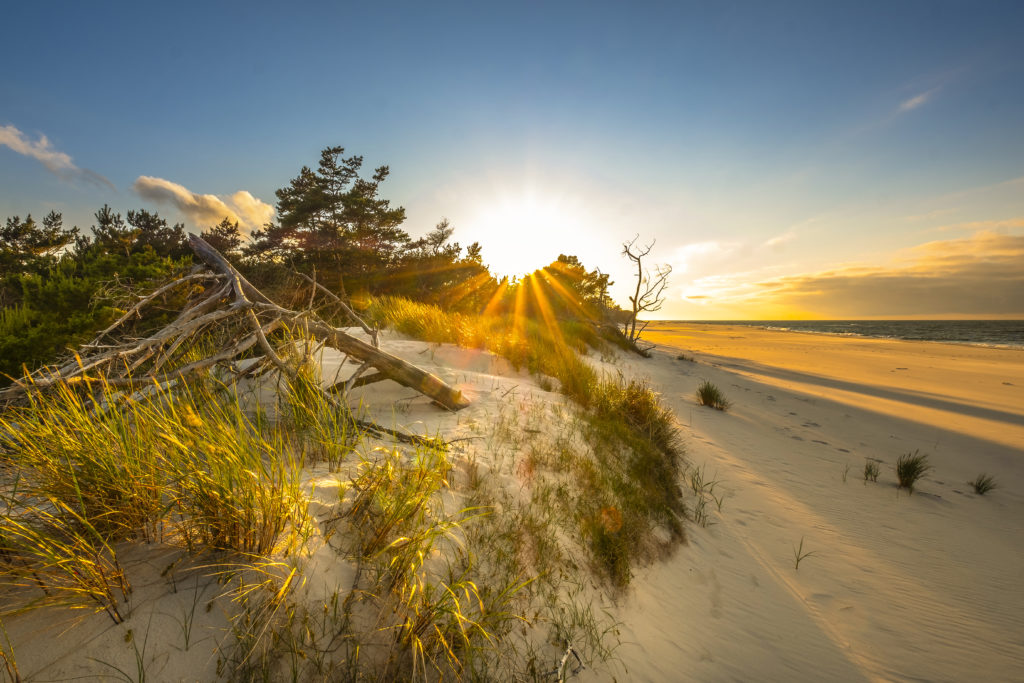
Beach
It is the greatest attraction of Międzyzdroje, considered by many to be the most beautiful beach in Poland. It is 6 km long, 30-50 m wide, and tempts with its golden sand not only summer lovers of lazy sunbathing, but also enthusiasts of active recreation at any time of the year.
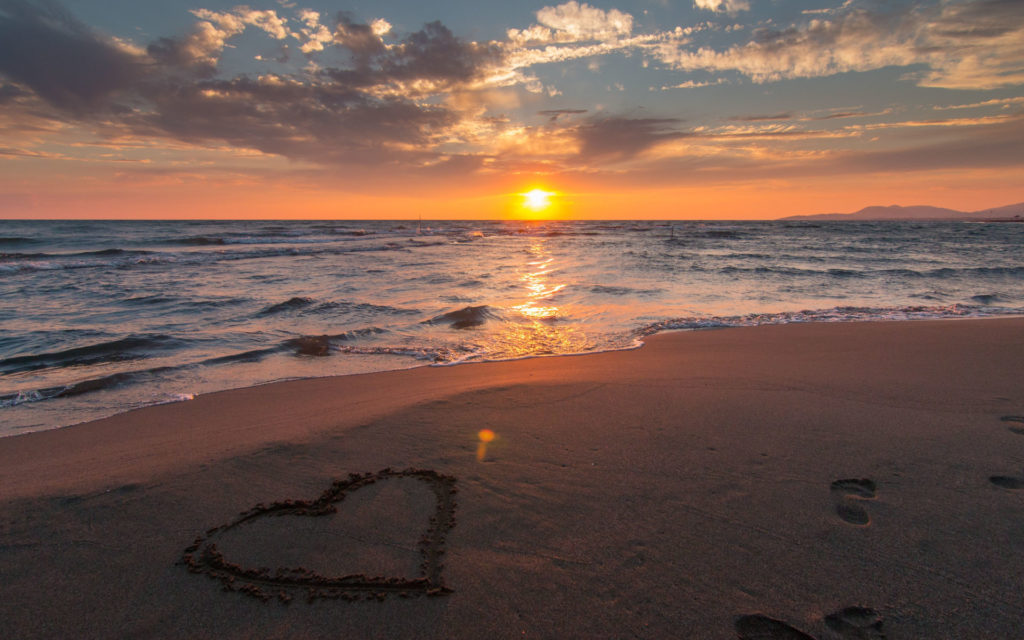
The beach is perfect for hiking, jogging, biking, surfing, kitesurfing, swimming in the sea in winter, and for admiring the beautiful sunset.
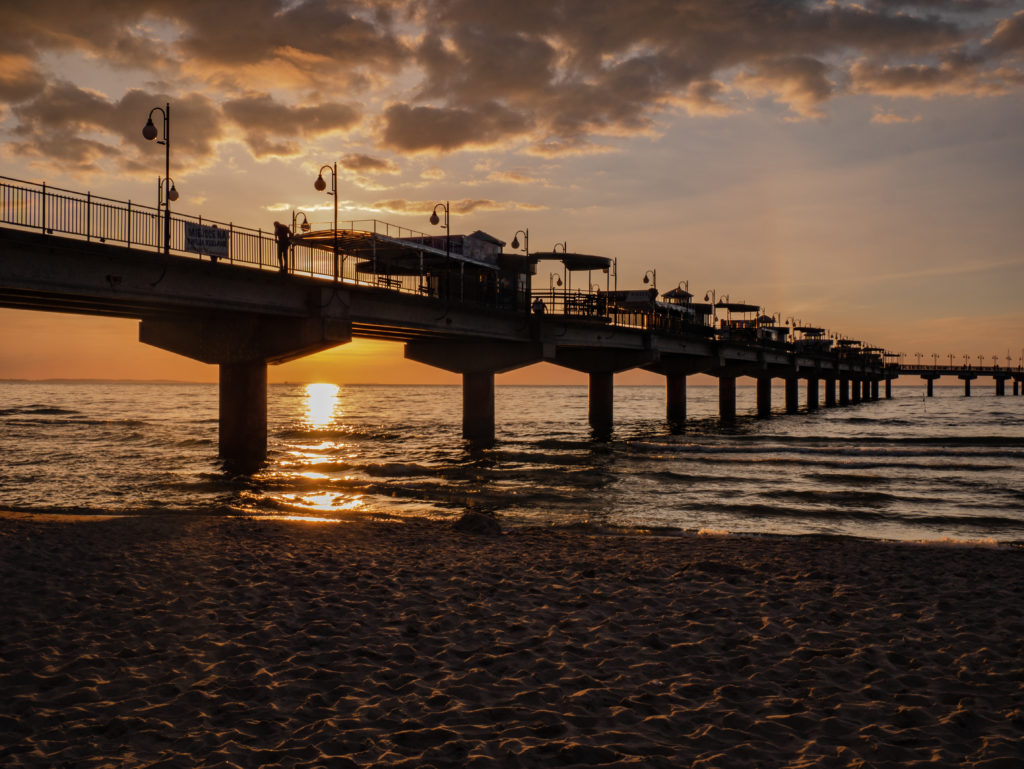
Pier
The longest concrete quay in Poland. It is located in the central part of the Międzyzdroje beach and extends into the Baltic Sea at a length of 395 m. The pier divides the local beach into the eastern and western parts. It allows to see a panorama of the Pomeranian Bay and, in the evenings, the lights of the lighthouse in Świnoujście and the LNG terminal. The pier has a status of a sea harbour. Baltic Sea cruises to Świnoujście and German ports of the Uznam Island are organised from the pier. It is one of the favourite places for tourists visiting Międzyzdroje.
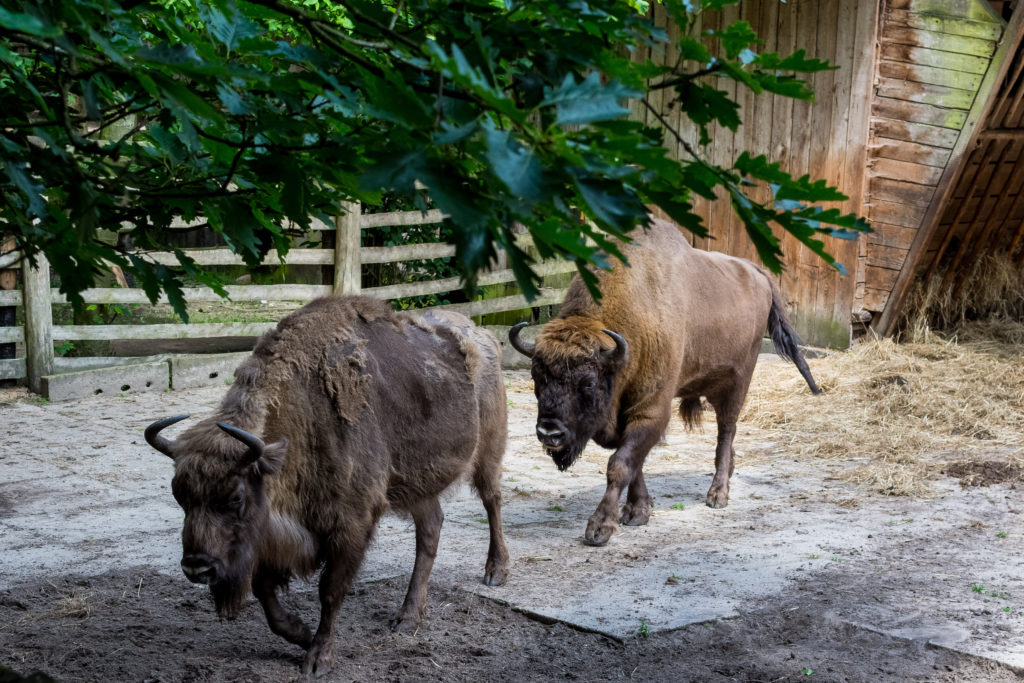
Bison Demonstration Farm in the Wolin National Park
Located in the middle of the forest, the animal farm is a tourist and educational facility. Established in 1976, it has an area of 28 hectares. 20 hectares of this area serve as an enclosure for animals. In the area of the farm, you can admire animals such as Wolin lowland wisents, red deer, roe deer, wild boars and birds of prey – white-tailed eagles and eagle owls.
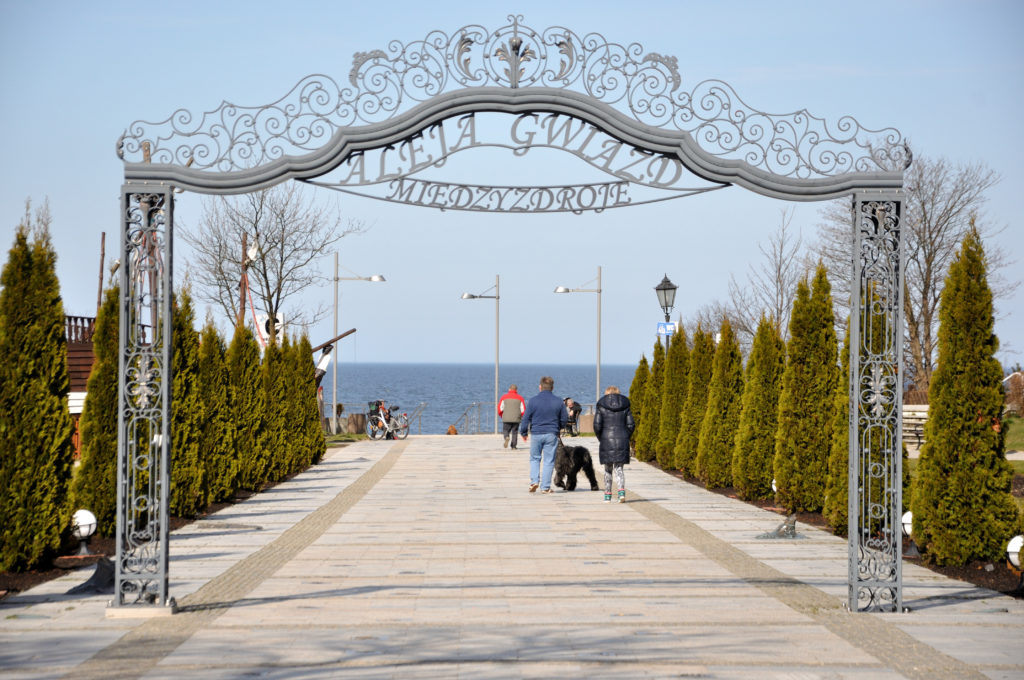
Promenade of Stars
The popular walking avenue was established in 1996, when, during the Festival of Stars, people meritorious for Polish culture imprinted their hands on commemorative pavement plates for the first time. Currently, there are almost 200 handprints of artists and monuments commemorating outstanding personalities of Polish culture. The most famous Polish promenade is modelled on i.a. the Hollywood Walk of Fame and the Avenue of Stars in Cannes.
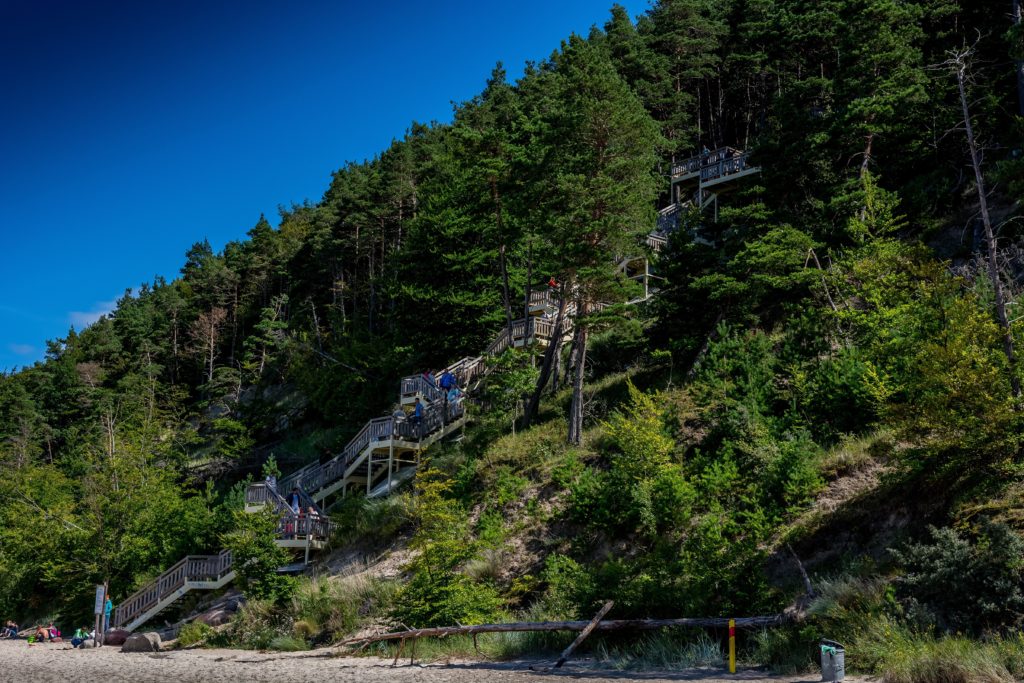
Kawcza Mountain
On the eastern side of the beach in Międzyzdroje, there is the Kawcza Mountain located 61 metres above sea level. A fishing base is situated at its foot. The top of the mountain can be reached through unique stairs that are situated on the beach. These are the longest stairs on the Polish coast with a total length of 128.5 m. They allow to climb the cliff edge which is 51 m high. Climbing all of the 267 steps may be a great warm-up for those who like to rest actively and provides many exciting experiences. The observation decks on the way are the places where you can admire the vast panorama of the Pomeranian Bay.
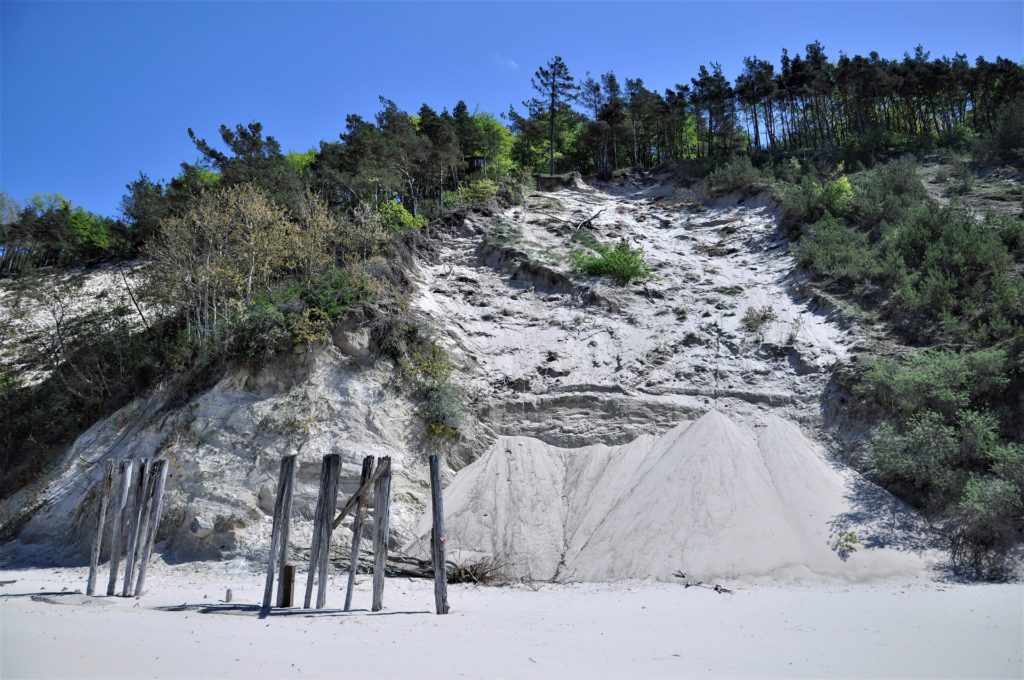
Gosań Hill
The highest cliff on the Polish coast is 95 metres above sea level. From the top, there is the impressive panorama of the Pomeranian Bay waters, the pier in Międzyzdroje, the port in Świnoujście and a part of the German coast of the Uznam Island. There are air defense bunkers on the hill.
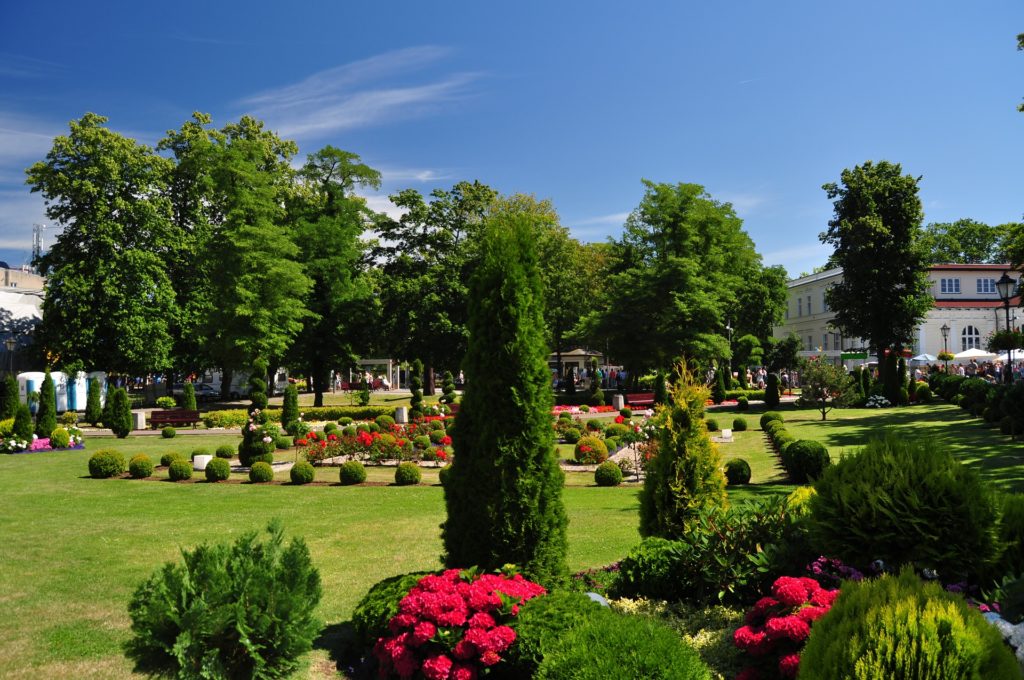
Museums and Parks
The City of Międzyzdroje offers numerous museums to visit for children and adults, e.g. the Museum of the Wolin National Park, the Wax Figures Cabinet, the Baltic Miniature Park. The parks and health paths of Międzyzdroje guarantee countless hours of relaxing walks in the embrace of nature with some unprecedented views.
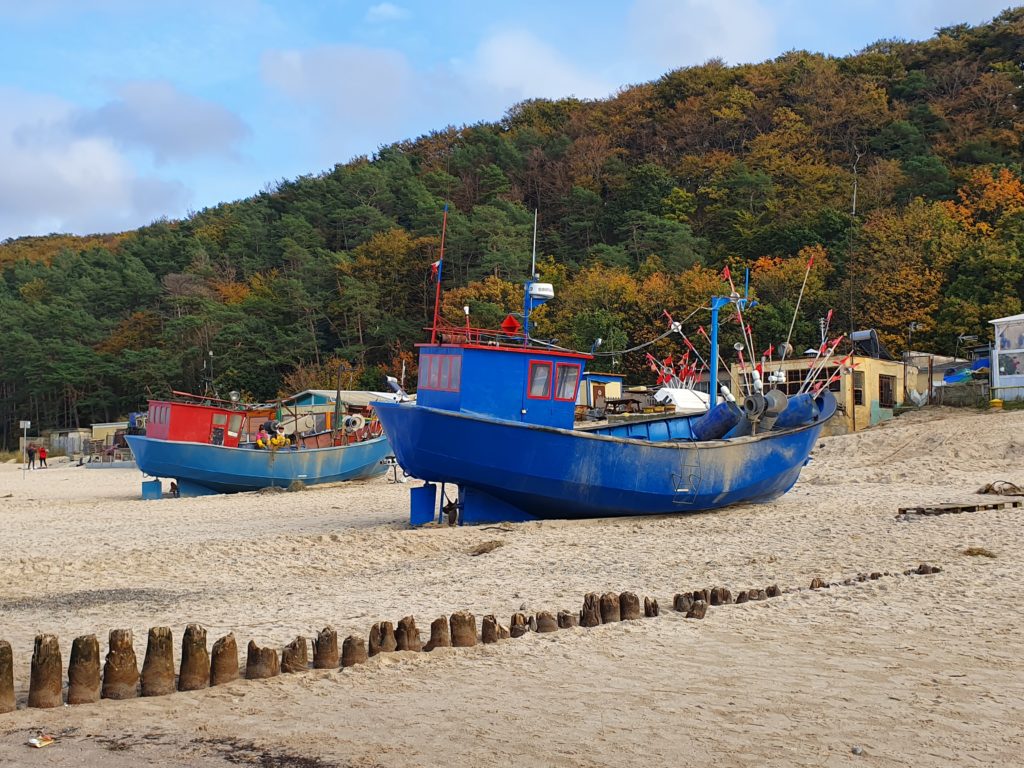
Fishing Harbour
It is located east of the Międzyzdroje pier. There are small and colourful boats which are used until today for catching fish – mainly cod, zander, flounder and herring. With a bit of luck, you can meet fishermen getting ready to go out to the sea or returning from fishing and buy fish straight from the net. If you do not feel like cooking during your holidays, local bars and restaurants serve excellent local fish.
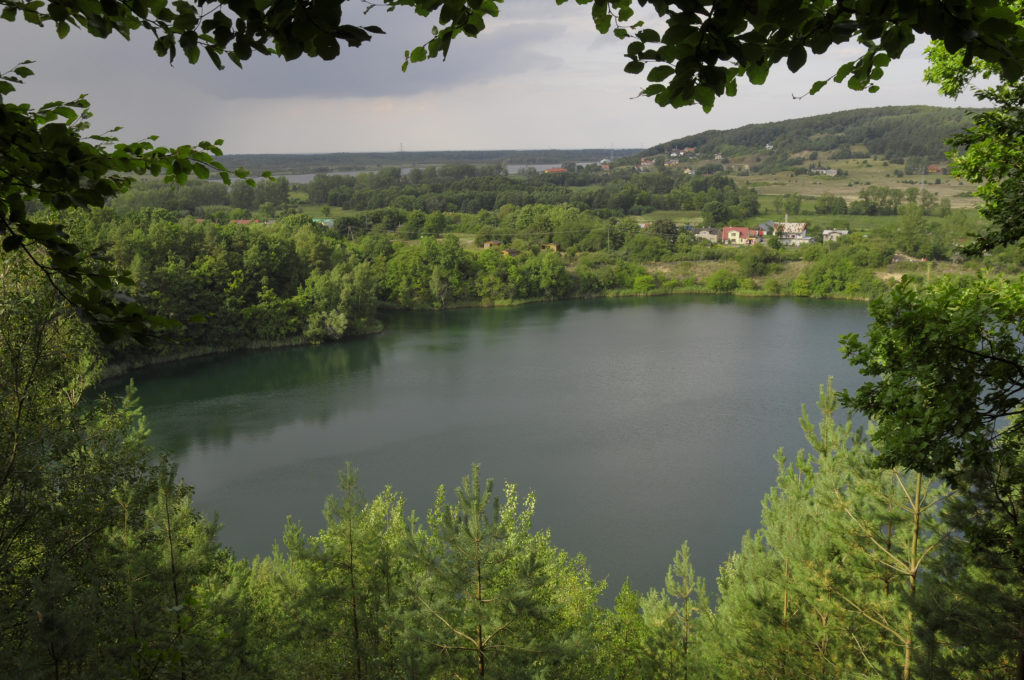
Turquoise Lake
It is located in Wapnica near Międzyzdroje, also known as the Emerald Lake, and is one of the most beautiful lakes of the Wolin National Park. You can admire the views of the lake from numerous viewpoints. Turquoise Lake owes its name to the beautiful turquoise colour of water which gives it a unique character. The turquoise colour is caused by light rays reflecting off the surface of water containing calcium compounds and the white calcareous lake bottom which is a remnant of an opencast chalk mine that operated here until 1950s.